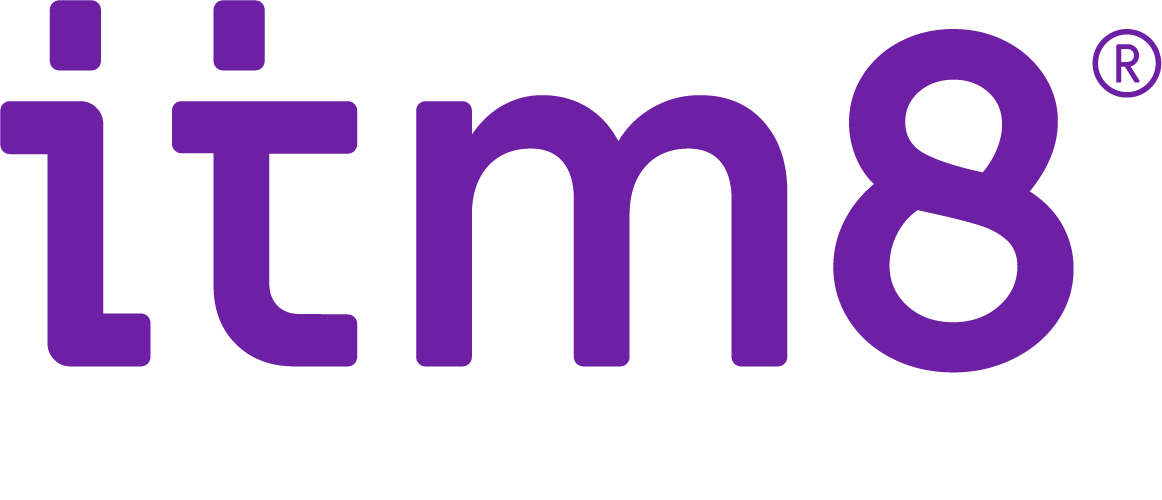Det talas mycket om Machine Learning nuförtiden och visst är Machine Learning ett oerhört kraftfullt verktyg, men det funkar inte i alla lägen, vilket man lätt kan förledas att tro när man hör och läser hur vissa uttrycker sig om det. För att råda bot på förvirringen delar vi här med oss av en checklista för hur man känner igen ett problem som går att lösa med hjälp av Machine Learning
1. Frågeställning
För det första måste du utgå från en frågeställning eller ett problem du vill ha svar på. Det är lätt hänt att börja med att rota i den data du har, men det riskerar att ta fokus på vad som är viktigt för dig att få kunskap om och bara göra dig ännu mer förvirrad. Så börja inte med datan, utan börja med ett problem som är viktigt för dig att besvara.
2. Lärande (inte automation)
Det är viktigt att identifiera ifall det krävs lärande eller automation för att lösa problemet. Om det är en serie väl definierade steg som ska utföras och du kan formulera regler för varje steg och varje situation – då är det inte Machine Learning som behövs, utan helt vanlig automation. Men om det krävs lärande, att vi inte på förhand kan definiera alla möjliga situationer och case från början – då kan det vara ett fall för Machine Learning.
3. Prediktion (inte kausalitet)
Vill du ha svar på ifall det ena leder till det andra? Det kan tyvärr inte Machine Learning hjälpa dig med. Men om det räcker med att identifiera ett samband och på ett statistiskt plan konstatera att två eller flera faktorer tenderar att hänga ihop så kan Machine Learning absolut vara aktuellt. Machine Learning kan användas för att förutsäga ifall det är sannolikt att en viss faktor uppfylls givet andra faktorer, till exempel ifall det är sannolikt att en kund som har köpt en viss produkt också kan tänkas vilja köpa en annan produkt.
5. Rimlighet
Är det rimligt att anta att lösningen på din fråga finns i datan du har? Exempel: Ett forskarteam vid University of Pittsburgh Medical Center ville utveckla ett beslutsstöd för läkare som skulle hjälpa dem att avgöra om en patient med lunginflammation löpte högre risk att utveckla komplikationer och därmed borde stanna på sjukhuset, eller om det var låg risk för komplikationer och att patienten därför lika gärna kunde vårdas hemma. Forskarna testade olika metoder, bland annat Machine Learning för att förutsäga risken, och Machine Learning-metoderna gjorde bättre bedömningar än övriga metoder i de flesta fall. Men det var ett fall som blev konstigt: Om man följde datorns råd fullt ut så innebar det att patienter som hade både astma och lunginflammation skulle skickas hem, vilket inte kändes rimligt. Det visade sig att praxis på sjukhuset för patienter som hade både astma och lunginflammation var att direkt skicka dem till intensivvårdsavdelningen, och den vård de fick där var så bra att risken för komplikationer blev väldigt liten. Detta betydde ju dock inte att det var lämpligt att skicka hem lunginflammationspatienter med astma, snarare tvärtom! Machine Learning-algoritmen gjorde dock precis det den skulle – utifrån den data den hade tillgång till så var ju faktiskt risken för komplikationer lägre för astmapatienter.
6. Intuition
Och så sista sunt-förnuft-kontrollen. Stämmer det med din intuition att den data du har kan svara på frågan? Det är klart att du med Machine Learning kan komma till nya insikter och inse nya samband, men det är fortfarande inte magiskt. Känns det magiskt så är det antagligen ett fel någonstans och du bör revidera projektet.
Trots att Machine Learning som begrepp har existerat ända sedan 1950-talet så är det först på senare tid det verkligen har kommit i ropet. Det beror på att vi idag har bättre datorkapacitet, bättre algoritmer och större datamängder. Itm8 utforskar Machine Learning och är intresserade av att hitta nya användningsområden för det tillsammans med kunder. Så om du har ett problem du tror kan lösas med hjälp av Machine Learning så vill vi gärna prata med dig och se vad vi kan göra tillsammans. Vi startar gärna i liten skala med ett experiment eller en Proof of Concept för att mäta potentialen och kan sedan skala upp allteftersom vi ser att lösningen genererar värde.


